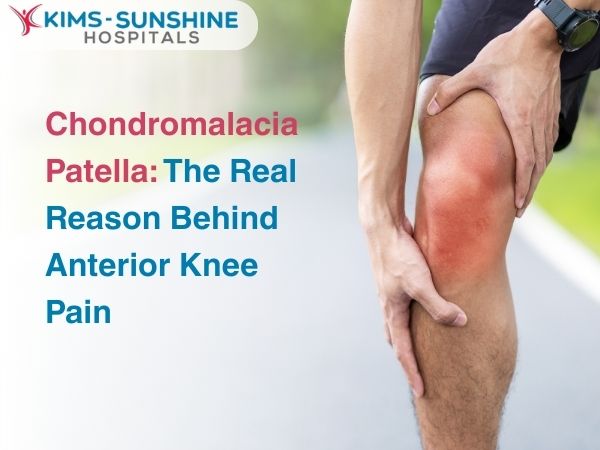
Osteomyelitis: How Bone Infections Develop and Are Treated

Your bones may seem static, indestructible and super strong. While they are like that most of the time, they are living tissue that provide the fundamental, hard skeletal structure that allows you to move in almost any way you like. Bones have bone marrow deep inside in their core and on the outside- are made of minerals like calcium, phosphorus, magnesium etc. When your bones get infected by some pathogen, there can be many subtle or overt signs- that you may not be aware of, at all. The incidence of osteomyelitis is rather high in certain populations in the country- like in young adults and children, with more males getting affected, than females.
What is Osteomyelitis?
Osteomyelitis in essence is an infection of the bones- where some pathogen from elsewhere somehow gains entrance into the bone marrow and begins to cause inflammation and other symptoms. Fungi or bacteria can cause osteomyelitis and with proper treatment, you can definitely get cured. But, if you don’t get diagnosed and treated promptly, then you risk permanent bone damage and death (called necrosis). In kids, osteomyelitis normally occurs in the bones of the legs or arms while in adults, the vertebrae can get infected. Osteomyelitis can be acute or sudden in its onset, or it can be a chronic condition (if treatment was not done the right way). Recurrence can happen years later, if you have not finished your complete dose of medication, the first time around.
Causes of Bone Infection
Open wounds on your skin or surgical incisions can be prime sites for pathogen entry. Though most pathogens are taken care of by the immune cells, some may gain entrance into the bone marrow and cause infections and inflammation. You are also at greater risk of suffering from this condition if you are diabetic, take immunosuppressants, have sickle cell anaemia or require haemodialysis for kidney issues.
Symptoms of Osteomyelitis
Some of the most common symptoms associated with osteomyelitis include
- Having severe bone pain and a fever
- You may even feel chilly almost always.
- You may also feel nauseous and vomit.
- You may notice severe swelling or even a discolouration of the affected area.
- If your surgical incision is infected and you notice other symptoms, then you should get checked immediately.
Diagnosis Of Osteomyelitis (MRI, Blood Tests, Biopsy)
Diagnosis involves the use of blood tests to check for pathogens and imaging- like a bone scan, CT, ultrasound, MRI and rarely, a bone marrow biopsy for confirmation. These tests are prescribed after a complete physical examination and your medical history has been taken.
Antibiotic Treatment For Bone Infection
Antibiotics are used if doctors are certain that it is a bacterial infection. Intravenous antibiotics are given at first for a few weeks and then you will be asked to take pills to complete the course. If fungi have been implicated, antifungal drugs will be given orally, for many months until the infection clears.
Painkillers are prescribed for bone pain. Needle aspiration is done if there is any pus or abscess formation. If infection is too extensive, then surgery may be done. Surgery for severe osteomyelitis will involve the removal of dead and infected tissue, then treatment with antibiotics and will finally end with the use of bone implants or grafts, to fill up space and help restore blood flow.
Conclusion
Since drugs don’t enter the bone marrow freely, as in other parts of the body, it is best you complete the course of medications you are given, however many weeks or months it may take to finish. With timely diagnosis and proper treatment, you can get cured and feel better in a few months. Being cautious about any cuts, bruises and incisions (if any) and keeping them sterile can help a lot in the long run. Washing your hands before you handle any scrapes or cuts is super important too. If you have had any injury, it is best to go to the clinic to get it looked at. Osteomyelitis will not go away on its own and requires treatment, so don’t postpone it unnecessarily and risk tissue loss or death.






